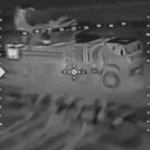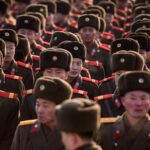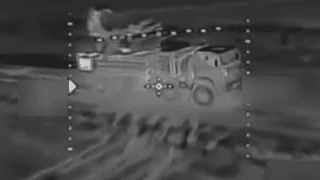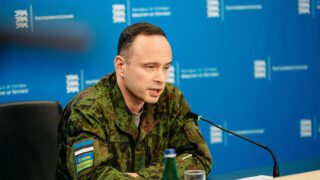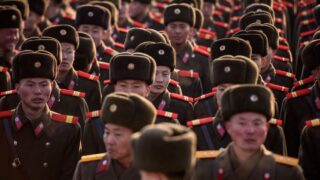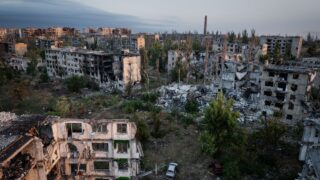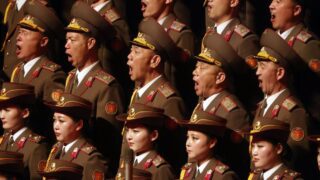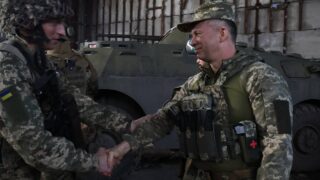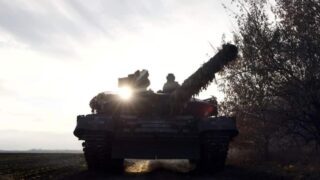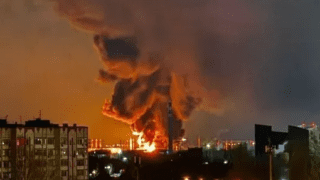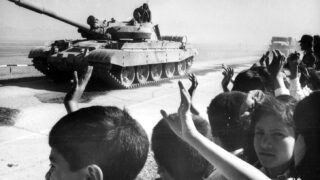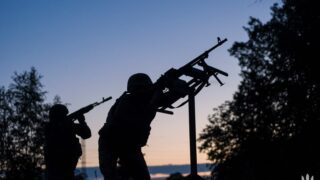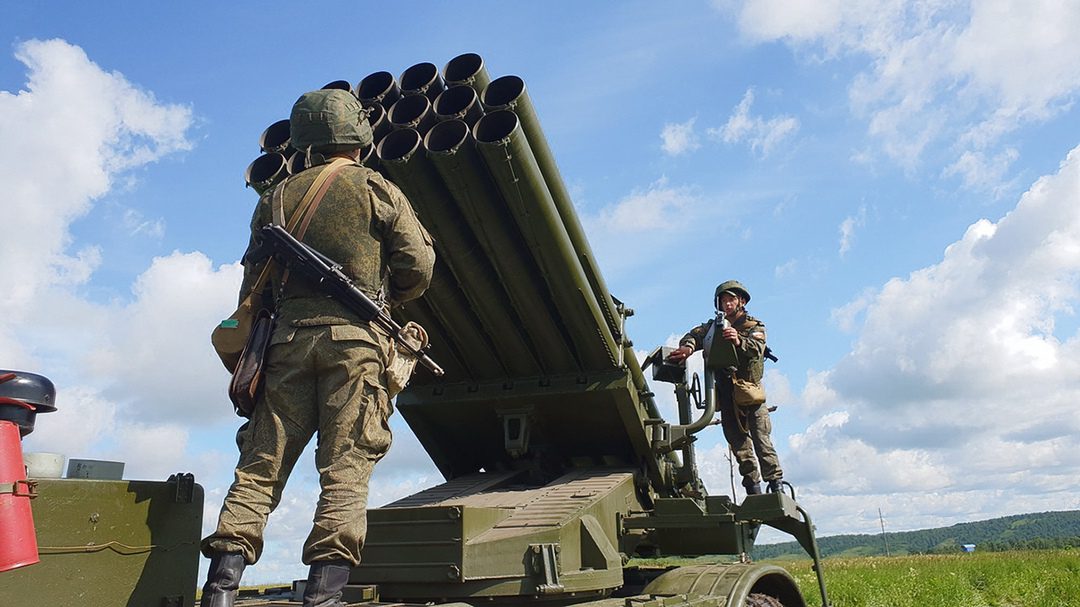
Estonian intelligence sees signs of Russia’s artillery problems
The head of the Estonian Defense Forces intelligence center, Colonel Ants Kiviselg, believes that Russian troops on the frontline in Ukraine have started to experience problems with artillery systems.
This development, combined with Ukraine’s effective defensive adaptations and successful strikes on Russian infrastructure, suggests a potential shift in the conflict’s dynamics that could have significant implications for both the military balance and diplomatic prospects in the region.
Characterizing the situation on the front, Kiviselg noted that the trends of previous weeks persist there, with Russia having been able to tactically strengthen its military capabilities. It has, however, not been able to achieve complete superiority, which would give it the opportunity for diplomatic pressure.
He pointed out that the most notable of the tactical observations was the appearance of artillery systems from North Korea in Russian units on the front.
“This points to Russia’s increasingly critical position with artillery systems and its dependence on imported weapons,” Kiviselg emphasized.
According to the Estonian intelligence chief, Ukraine’s defense, which is rapidly adapting and technically efficient, can withstand the massive pressure of the enemy and gradually undermine its offensive capabilities.
At the same time, Ukraine continues to launch strikes on key Russian infrastructure. “Over the past week, Ukraine increased the number of strikes on Russian fuel and chemical industry enterprises,” Kiviselg said.
In addition, because Russia is unable to attain complete superiority on the battlefield at the moment, it has no interest in pursuing real diplomatic options and continues offensive operations against Ukraine.
The main hostilities are unfolding in Donetsk Oblast in the Pokrovsk direction, where Russian troops are trying to advance west and east of the city. Although the rate of advance has decreased, offensive pressure remains high. There is an average of 164 attacks per day along the entire front.
“Apparently, Russia seeks to take advantage of the last weeks of frosty winter weather, which allows the use of armored vehicles on frozen terrain. However, the current winter has been milder than expected, so Russian troops are forced to use roads to move their equipment. This simplifies the work for the Armed Forces of Ukraine in repelling attacks,” Kiviselg noted.
Related:

